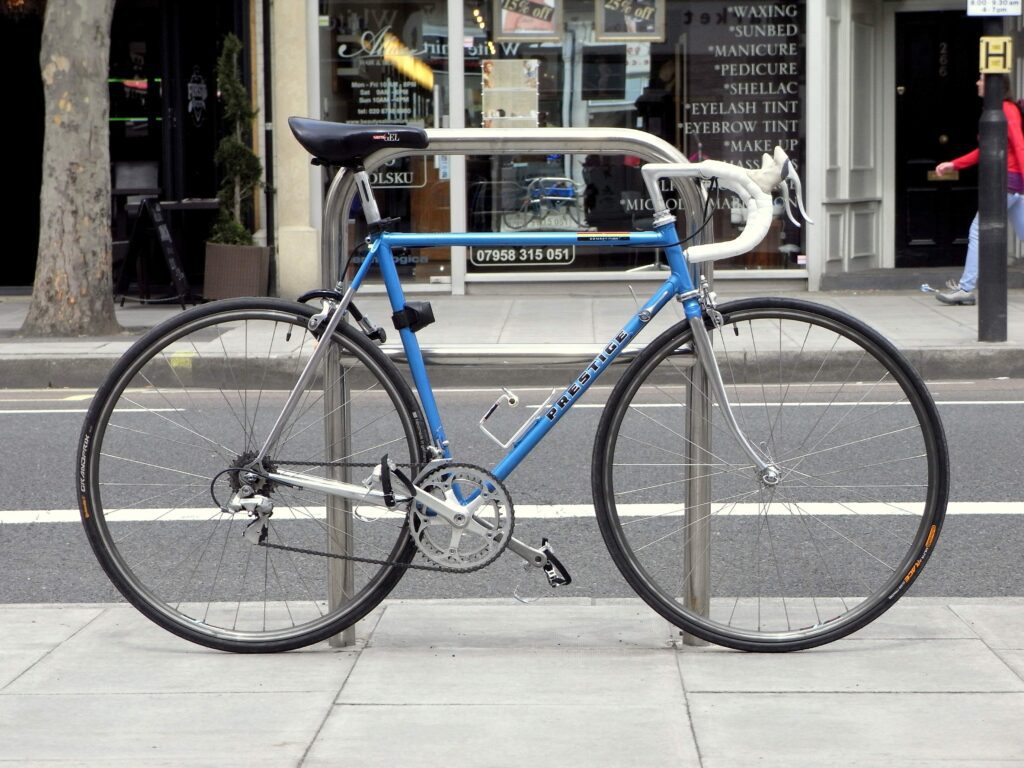Join the nation by ditching the bus or car and walking or bicycling to school.
The choice is yours – will you walk or bike to school? Each year since 1997, schools around the nation observe a day, Walk to School Day, where students trade the school bus or carpool to walk with their friends and/or parents to school. Last year commemorated the first-ever Bike to School Day in the nation, which will be celebrated again this May.
By having Walk/Bike to School Day, school districts nationwide hope it will encourage students and their parents to adopt a healthier lifestyle with walking or bicycling. It is also a goal to help reduce the number of car accidents involving children, 203,000 children 15 and younger just in 2009 alone (NHTSA).
Kathleen Wright, Senior Coordinator for Health/P.E. for the Polk County Public Schools, encourages parents to contact their school to see about what may be planned for May 8th as well as any upcoming health fairs that may be available. “Teachers are given instructions for bike safety and what are the safe routes for students to take to school,” she states.
If your school is participating or if your child and his/her friends are recognizing the day on their own, here are some tips to help keep kids and parents safe on the healthier trek to school:
Walk
1) Have your children wear bright clothing or reflective gear when walking to school in the early morning.
2) Teach your child to hold hands with you or another child on the walk, especially when crossing the street on marked crosswalks. Encourage them to look left-right-left before going forward.
3) Stay on sidewalks, and observe posted signs for pedestrians and motorists.
4) Join a “walking school bus” if it is available, where children are picked up in the walking train of children just as a school bus would. See if you can help chaperone the “bus” and alternate with parents on different days.
Bike
1) Have your child wear a helmet, elbow/knee pads, and also wear bright clothing or reflective gear on themselves and their bike before leaving for school. Perform the two fingers test on your helmet to check that it is fitted properly (put two fingers on forehead to see if helmet is two finger-lengths from eyebrow). If your child doesn’t have a helmet, contact the school to see about upcoming health fairs.
2) Just as with walking, bicyclists should observe the posted signs for pedestrians and motorists. Bike trains may also be available in or around your neighborhood, so contact the school to find out.
3) Locate the curb ramps at intersections and mid-block crossings so children safely cross the street.
Safety is most important; children should wear reflective gear so motorists can see them in the early morning, stay on the sidewalks or bike paths (for bikes) and wear helmets if they are bicyclists. “If we can get kids to wear a helmet on a consistent basis, we would see a greater reduction in injury,” Kathleen concludes.
Among the benefits to walking or bicycling to school:
– Fewer cars on the road and less gas used. Studies show parents would reduce up to 14 percent of vehicles on the road during the morning commute if not driving to school.
– Drivers will be more cautious around school zones when seeing more children walking or biking. Students can also be “eyes on the street” to see where safety measures could be updated.
– More foot traffic around the neighborhood could encourage more local businesses to open up in town, benefitting the community.
If you would like more information about Walk or Bike to School Day on May 8th, contact your school administration or visitwww.walkbiketoschool.org.
CREDITS
story by BLAIR TOWNLEY
